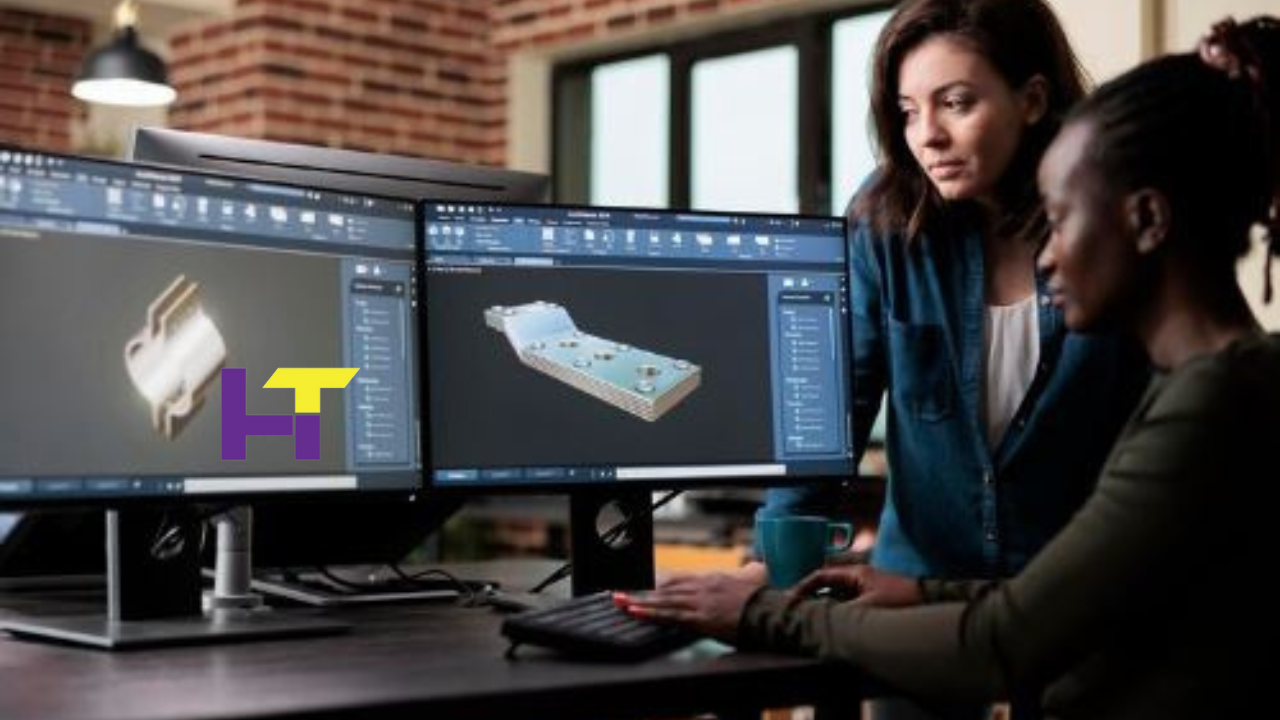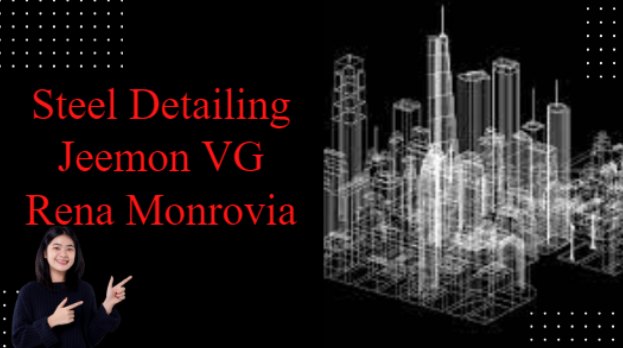From Concept to Reality: Professional Product Design Engineering Services

Turning a concept into a tangible reality requires a meticulous blend of creativity, technical expertise, and strategic planning in product development. Professional product design engineering services facilitate this journey from ideation to market-ready products.
These services encompass a broad spectrum of activities, from conceptualization and prototyping to manufacturing. In this article, we will delve into the intricacies of product design engineering, exploring its significance, the critical processes involved, and the impact it has on the overall success of a product.
Understanding Product Design Engineering
Product design engineering services is a multidisciplinary field that integrates engineering, design, and business principles to create innovative products that meet consumer needs and market demands. It encompasses various stages of product development, from conceptualization and creativity to the final production phase.
Importance of Professional Product Design Engineering Services
Professional product design engineering services play a pivotal role in the success of a product for several reasons:
- Market Competitiveness: In today’s fast-paced market, innovation is critical to staying competitive. Professional design engineering services help companies develop unique and compelling products that stand out in the market, attracting customers and driving sales.
- Efficiency and Cost-effectiveness: By leveraging advanced design tools and methodologies, professional engineering services streamline product development, reducing time-to-market and overall costs.
- Quality and Reliability: Experienced engineers ensure that products meet stringent quality standards and are reliable in real-world applications, enhancing customer satisfaction and brand reputation.
- Risk Mitigation: Product design engineers identify and mitigate potential risks early in the development cycle through comprehensive analysis and testing, minimizing costly errors and later reworking.
Key Processes Involved in Product Design Engineering
The journey from concept to reality involves a series of interconnected processes, each essential for the successful development of a product.
- Conceptualization and Ideation
The first step in product design engineering is conceptualizing and ideating potential solutions to address a specific need or problem. This phase involves brainstorming sessions, market research, and feasibility studies to define the product’s scope and requirements.
- Design and Modeling
Once the concept is defined, engineers create detailed designs and 3D models using computer-aided design (CAD) software. These digital prototypes allow for virtual testing and refinement, ensuring the final product meets performance and aesthetic requirements.
- Simulation and Analysis
Simulation tools enable engineers to evaluate the product’s performance under different operating conditions and identify potential areas for improvement. Finite element analysis (FEA) and computational fluid dynamics (CFD) are commonly used to simulate structural integrity, thermal management, and fluid flow dynamics.
- Prototyping
Prototyping is a crucial phase where physical prototypes are built to validate the design and functionality of the product. Rapid prototyping technologies like 3D printing allow quick iteration and refinement, accelerating development.
- Testing and Validation
Comprehensive testing is conducted to verify that the product meets regulatory standards and performance requirements. This may include mechanical, environmental, and usability testing to ensure the product’s safety, reliability, and user-friendliness.
- Manufacturing and Production
Once the design is finalized and validated, production-ready specifications are prepared, and manufacturing processes are initiated. Product design engineers collaborate with manufacturing teams to optimize production efficiency while maintaining quality standards.
- Post-production Support
Even after the product is launched, product design engineering services provide support, including troubleshooting, product updates, and enhancements based on customer feedback and market trends.
The Impact of Product Design Engineering on Business Success
Practical product design engineering can have a significant impact on the success of a business, influencing various aspects such as:
- Market Penetration: Well-designed products have a higher chance of penetrating the market and capturing a larger share of customers, driving revenue growth and profitability.
- Brand Reputation: A reputation for innovative and high-quality products enhances brand value and fosters customer loyalty, creating a competitive advantage in the marketplace.
- Cost Savings: Efficient design and manufacturing processes result in cost savings through reduced waste, improved resource utilization, and minimized rework.
- Long-term Sustainability: Sustainable design practices benefit the environment and contribute to long-term business sustainability by lowering operational costs and regulatory risks.
Conclusion
Professional product design engineering services are vital in transforming innovative ideas into successful products. By leveraging technical expertise, creativity, and strategic planning, product design engineers guide the entire development process from concept to reality.
READ MORE
Their contributions drive business success and shape the future of industries by delivering innovative solutions to complex challenges. As technology advances, the role of product design engineering services will remain indispensable in creating the products of tomorrow.






